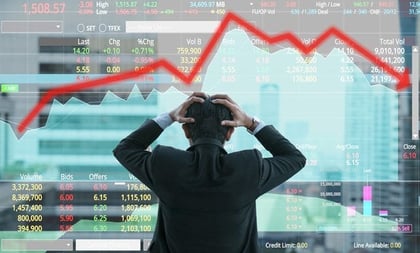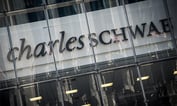Most investors took it on the nose in the second half of last year — in fact an average loss of 9.42% — compared with the S&P 500, which had a loss of 4.38%, according to the annual Quantitative Analysis of Investor Behavior by Dalbar, an independent research firm. In addition, the average equity fund investor was a net withdrawer of funds — in which poor timing contributed to the loss. This information may be helpful to advisors when it comes to investor behavior.
The study, which has been done yearly since 1994, showed that the average investor didn’t have much success whether the market was good or bad in 2018. Dalbar provides two example months: October 2018, in which the S&P 500 was down 6.84% while the average equity investor return was down 7.97%, and August, when the S&P 500 was up 3.26% and the average equity investor was up only 1.80%.
It appeared that investors did “sense danger” and decreased exposure, but not enough to stem the losses, noted Cory Clark, Dalbar’s chief marking officer, in a statement. “Unfortunately, the problem was compounded by being out of the market during the recovery months. As a result, equity investors gained no alpha, and in fact trailed the S&P by 504 basis points,” Clark said.
Bad Investors: Made or Born?
The study aimed to “go beyond awareness of the behaviors themselves and looks at the potential causes of poor investor behavior,” it stated, adding that “science would tell us that cognitive biases live in our subconscious and we are born with them. However, many of these biases, while living in our subconscious, manifest themselves in a way that is defined by our investor experience.”
This means investors who have lived through markets like the one leading up to the 2000 tech bubble crash might believe there’s more to the rally than fundamentals show. The study notes the famous “irrational exuberance” warning by Alan Greenspan, the Federal Reserve chairman at the time, that seemed to be ignored.
“Investors are not born to buy into bubbles; their recent experiences lead them to see future gains as being irrationally more probable because those are the memories most available to the average investor’s brain,” according to the study. “Leading into the dot-com bubble of 2000, the average investor was drawing on 5 years’ worth of memories in which the S&P saw 20% or greater growth!” In fact, investors contributed 20% more per month in the 24 months leading up to March 2000 than historical data shows they had done previously.









 April 10, 2019 at 04:26 PM
April 10, 2019 at 04:26 PM










